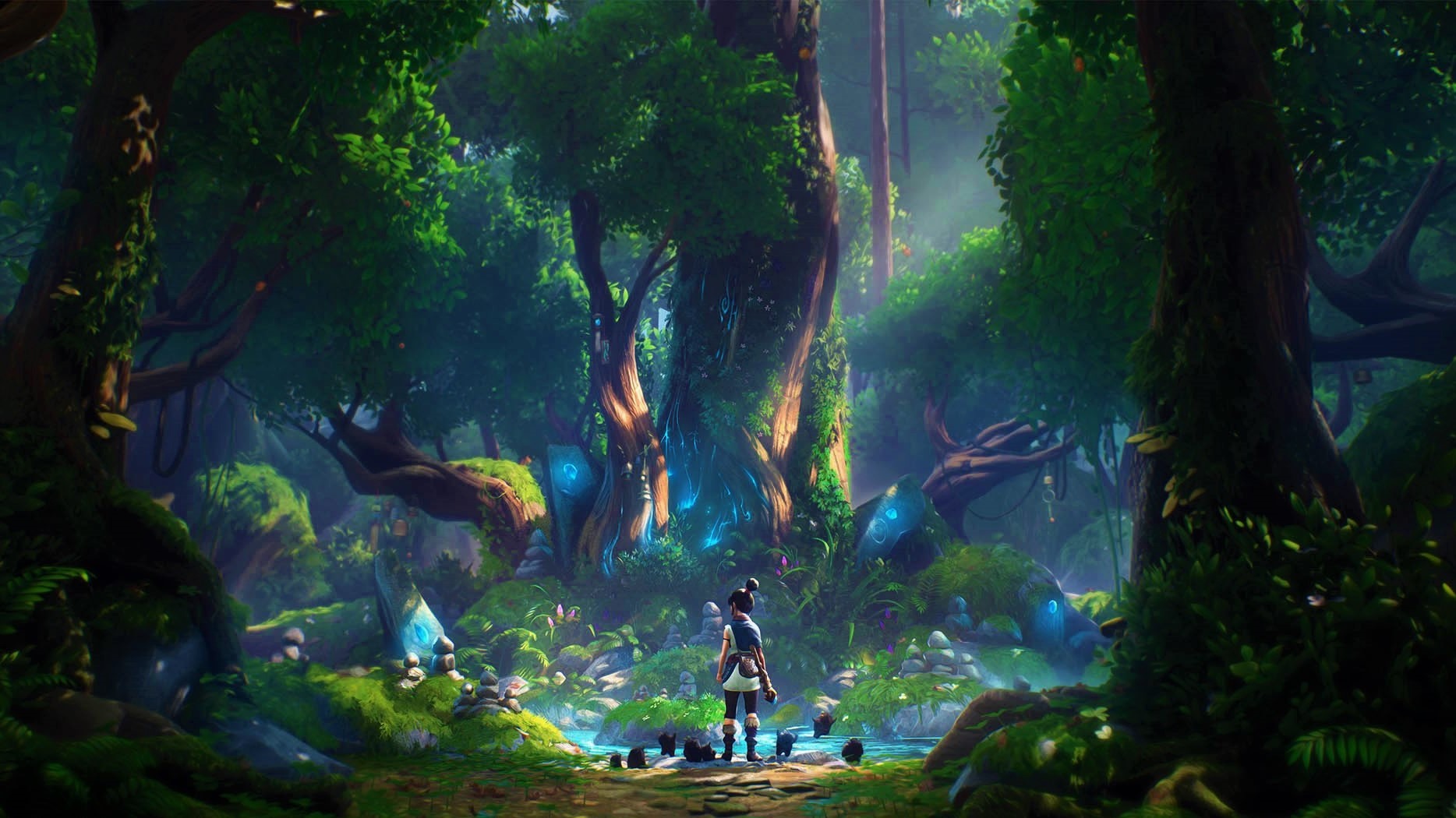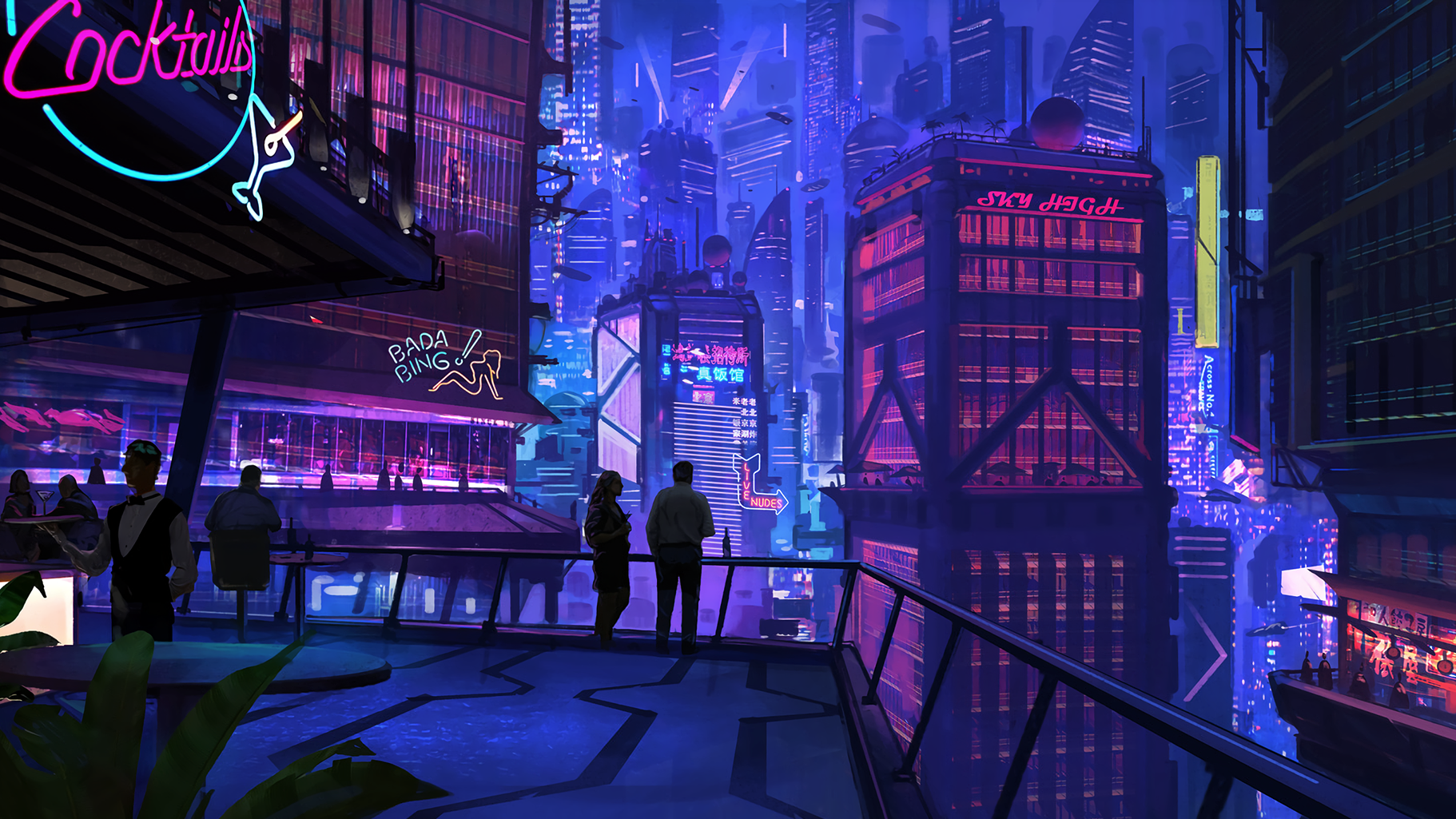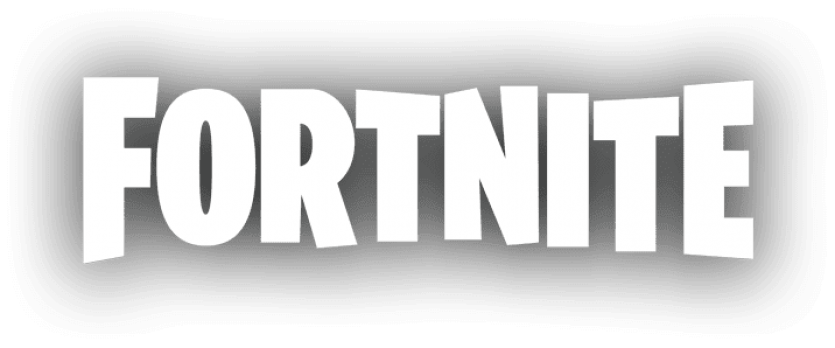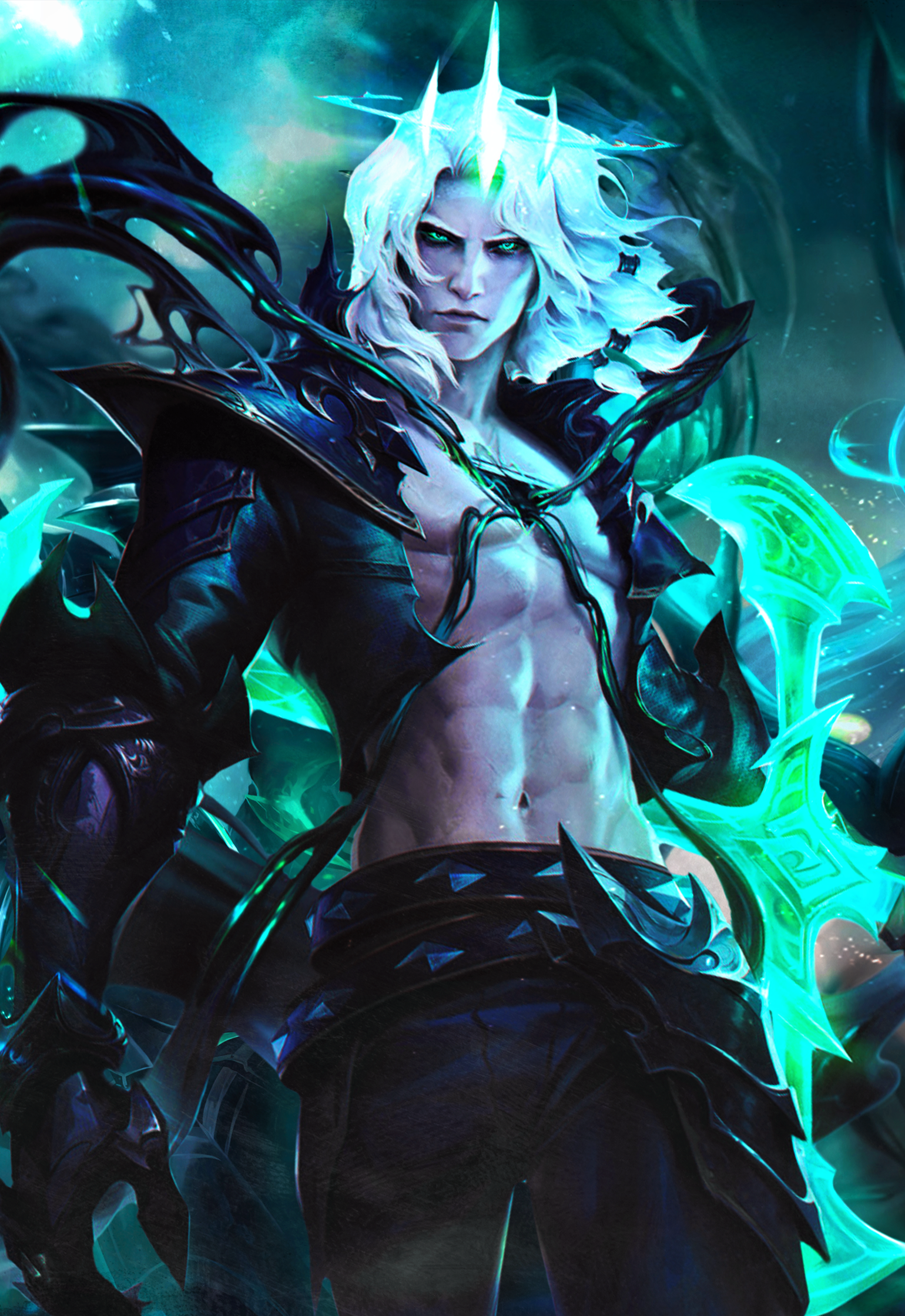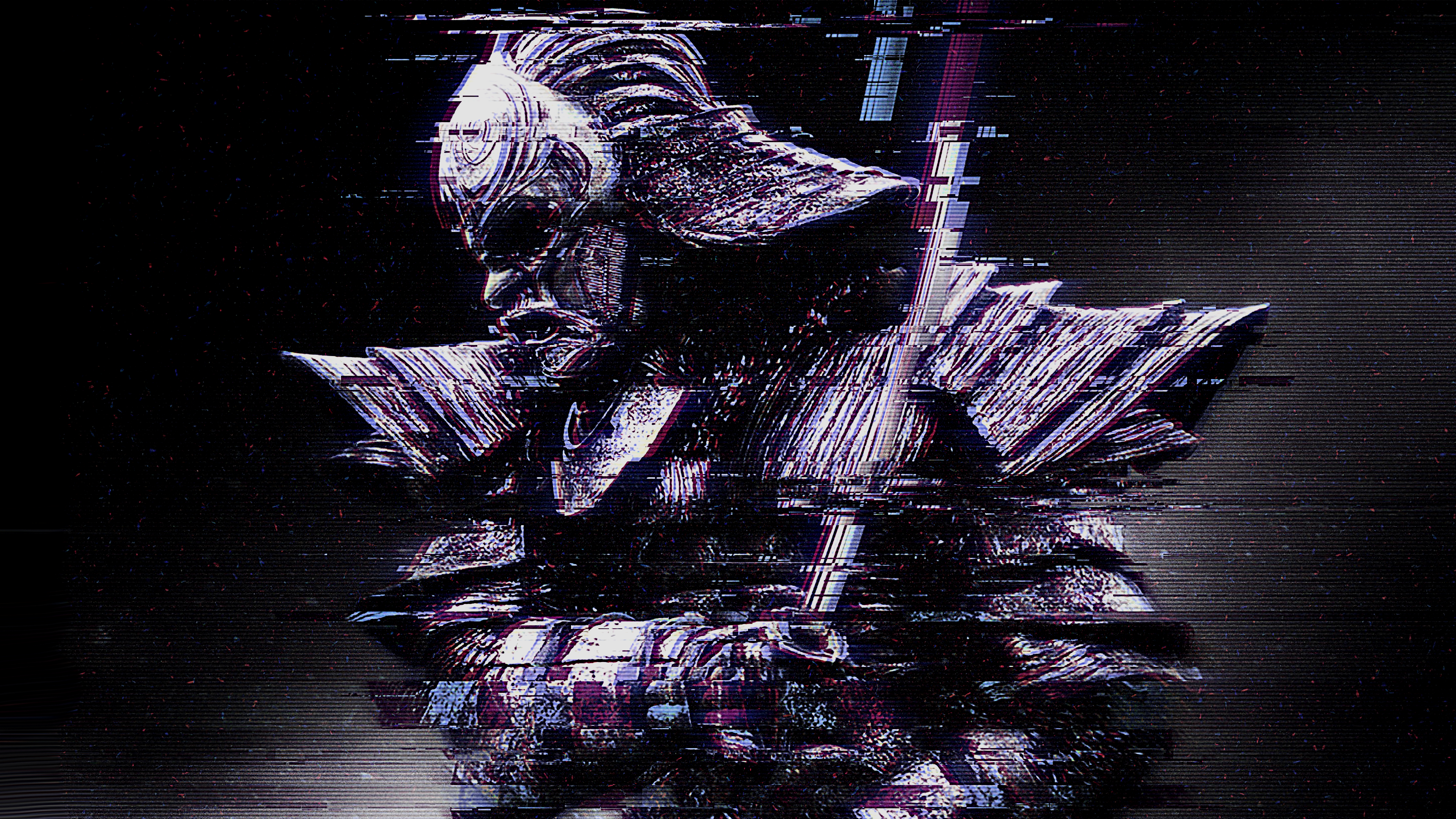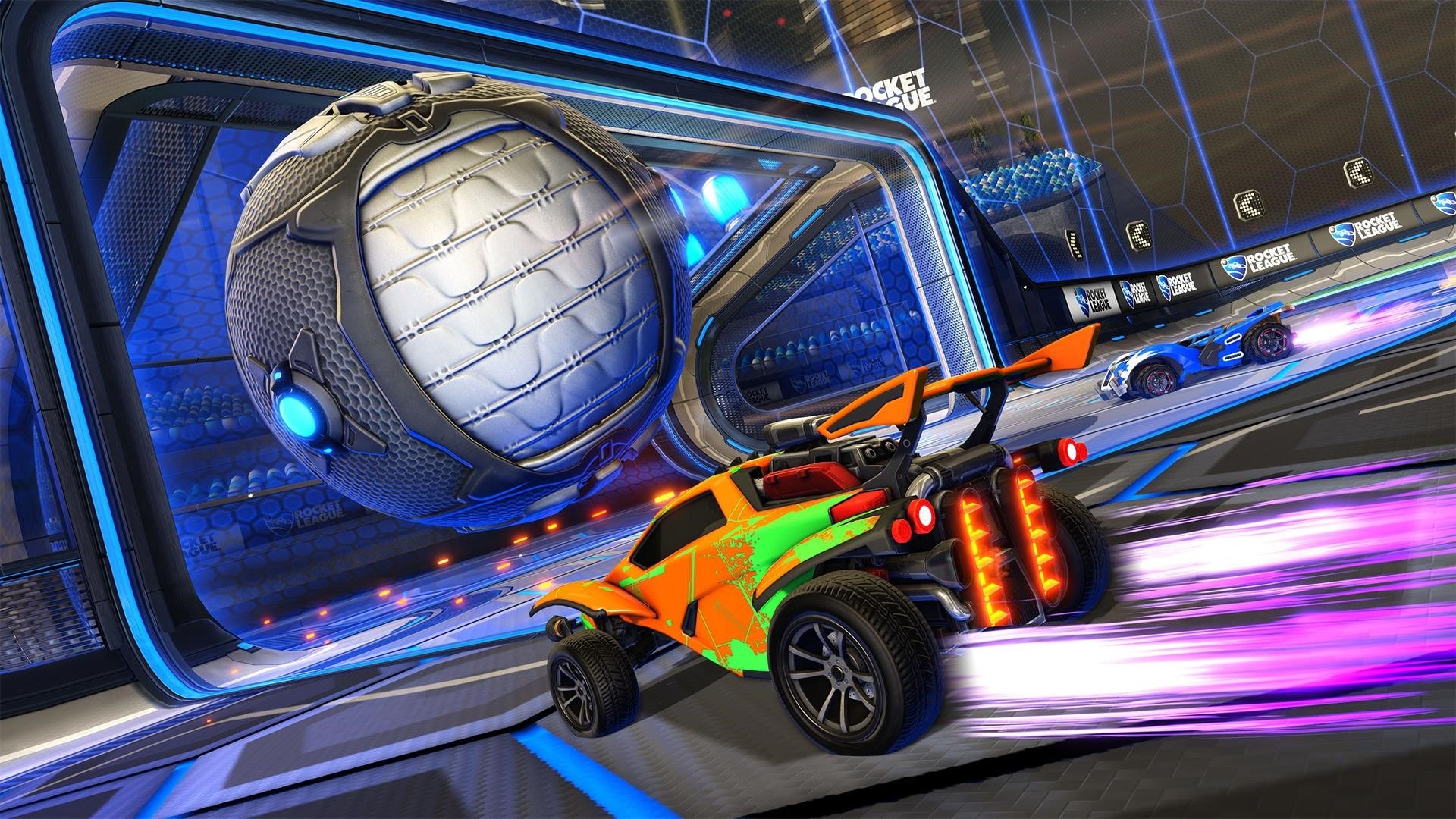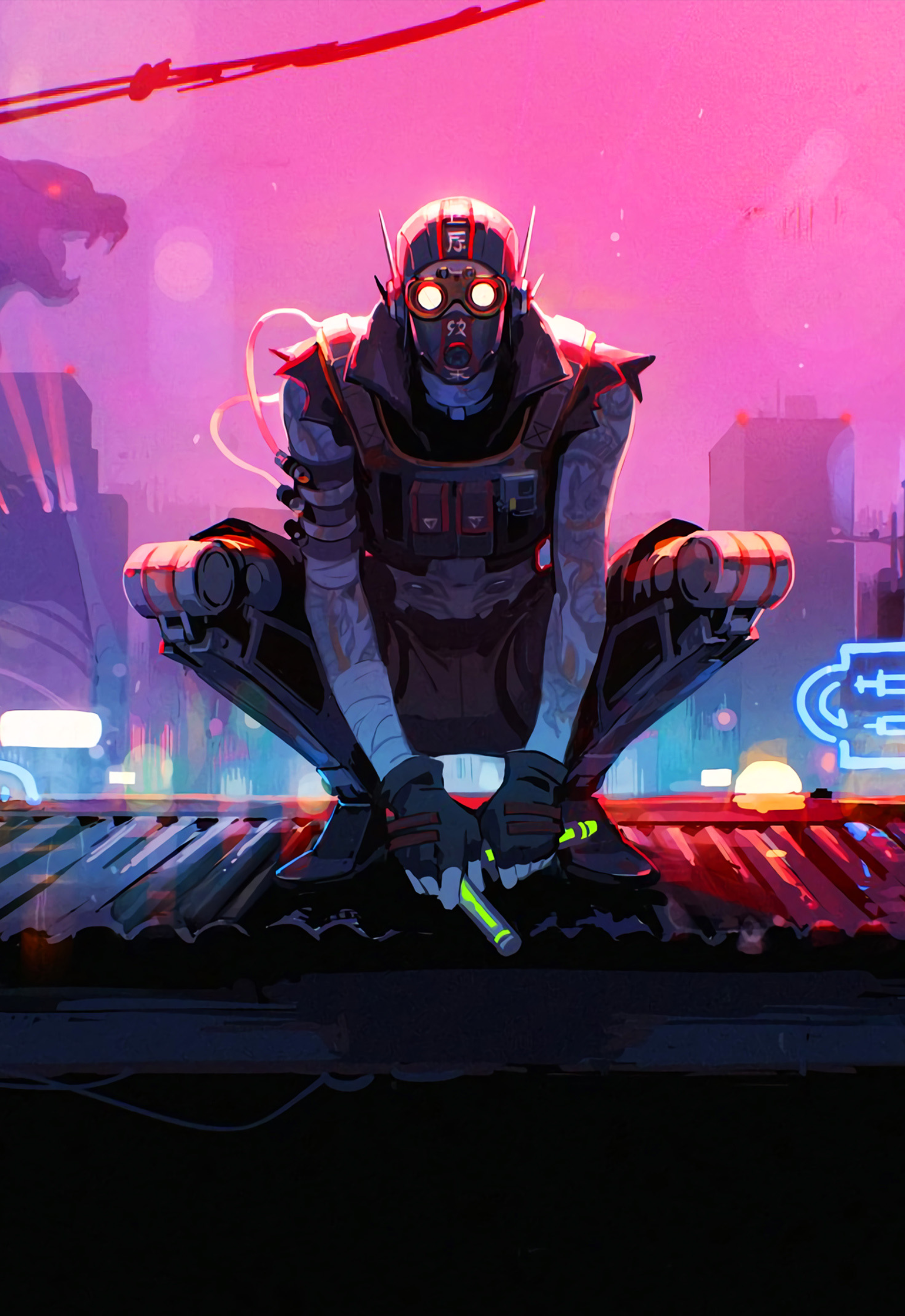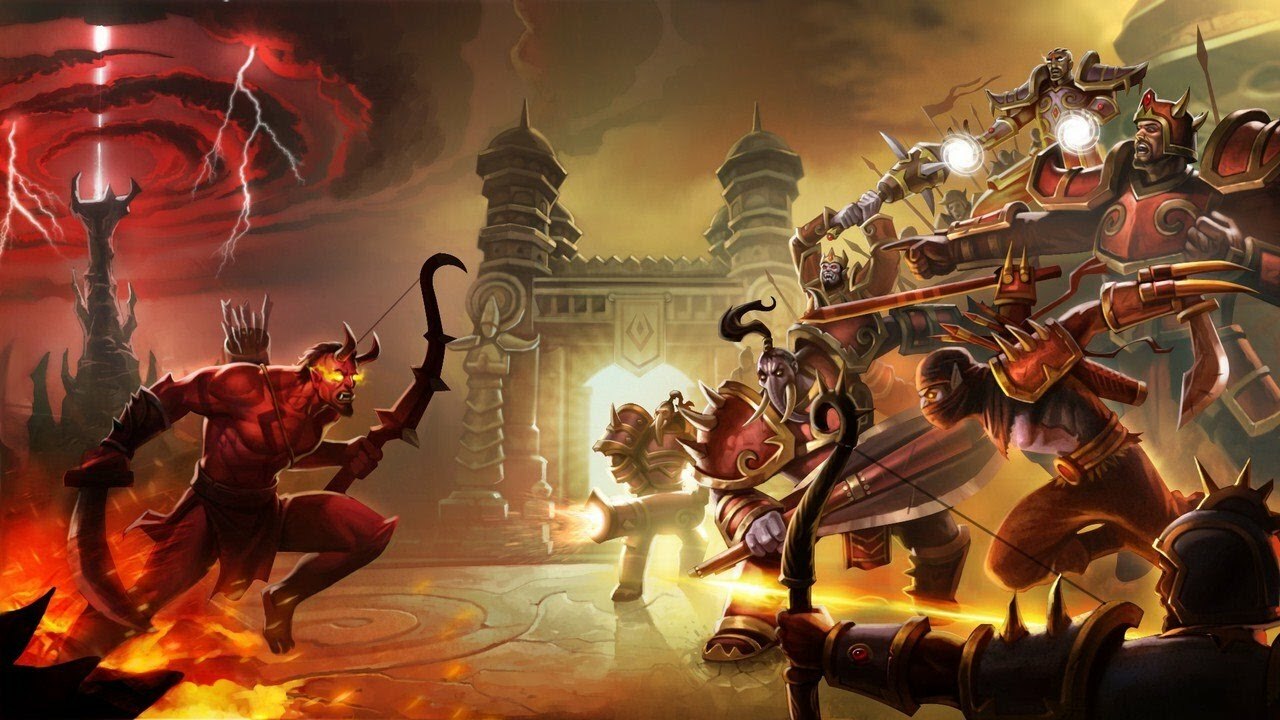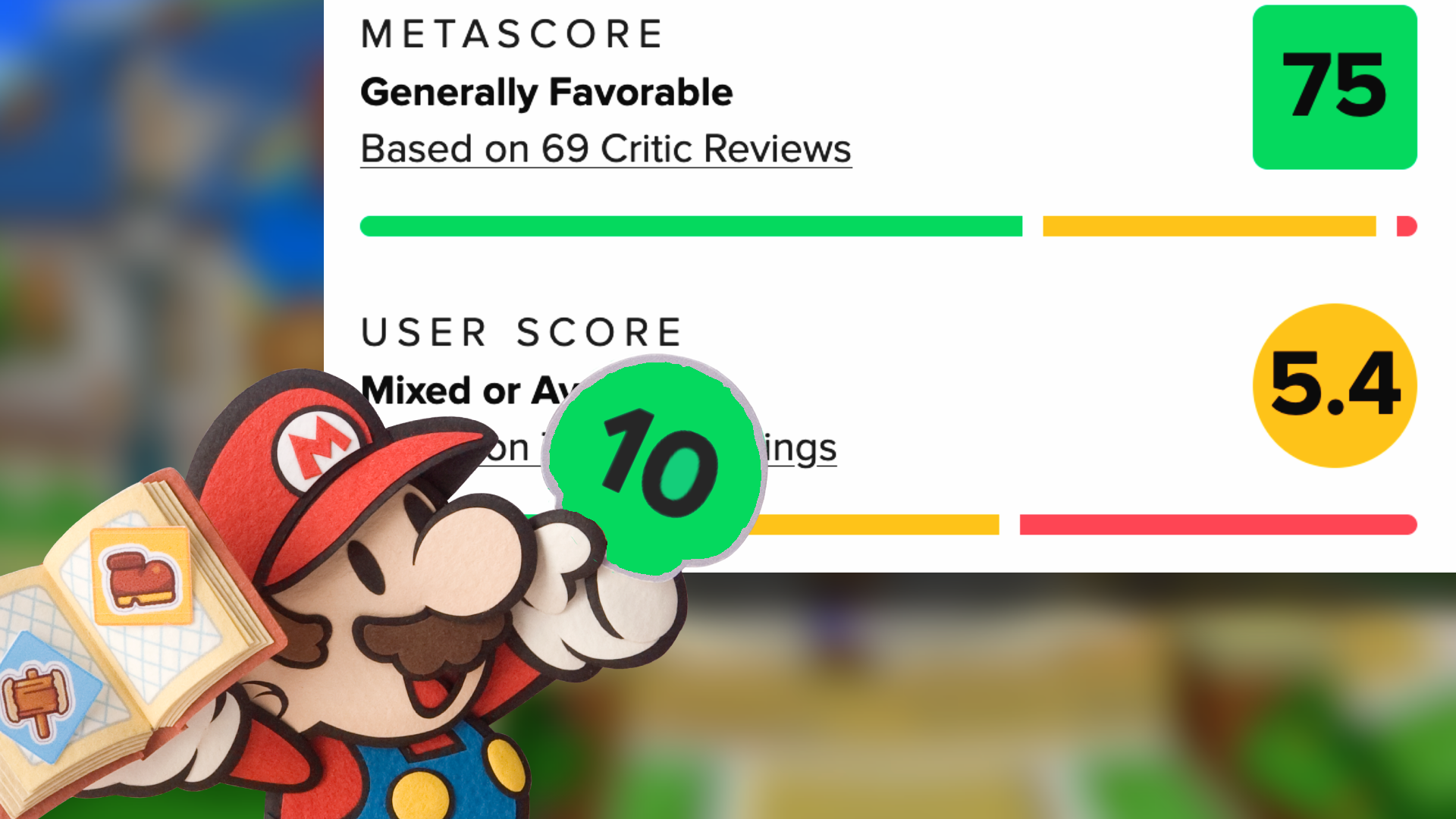Hated by veterans, loved by newcomers – retooled by the community.
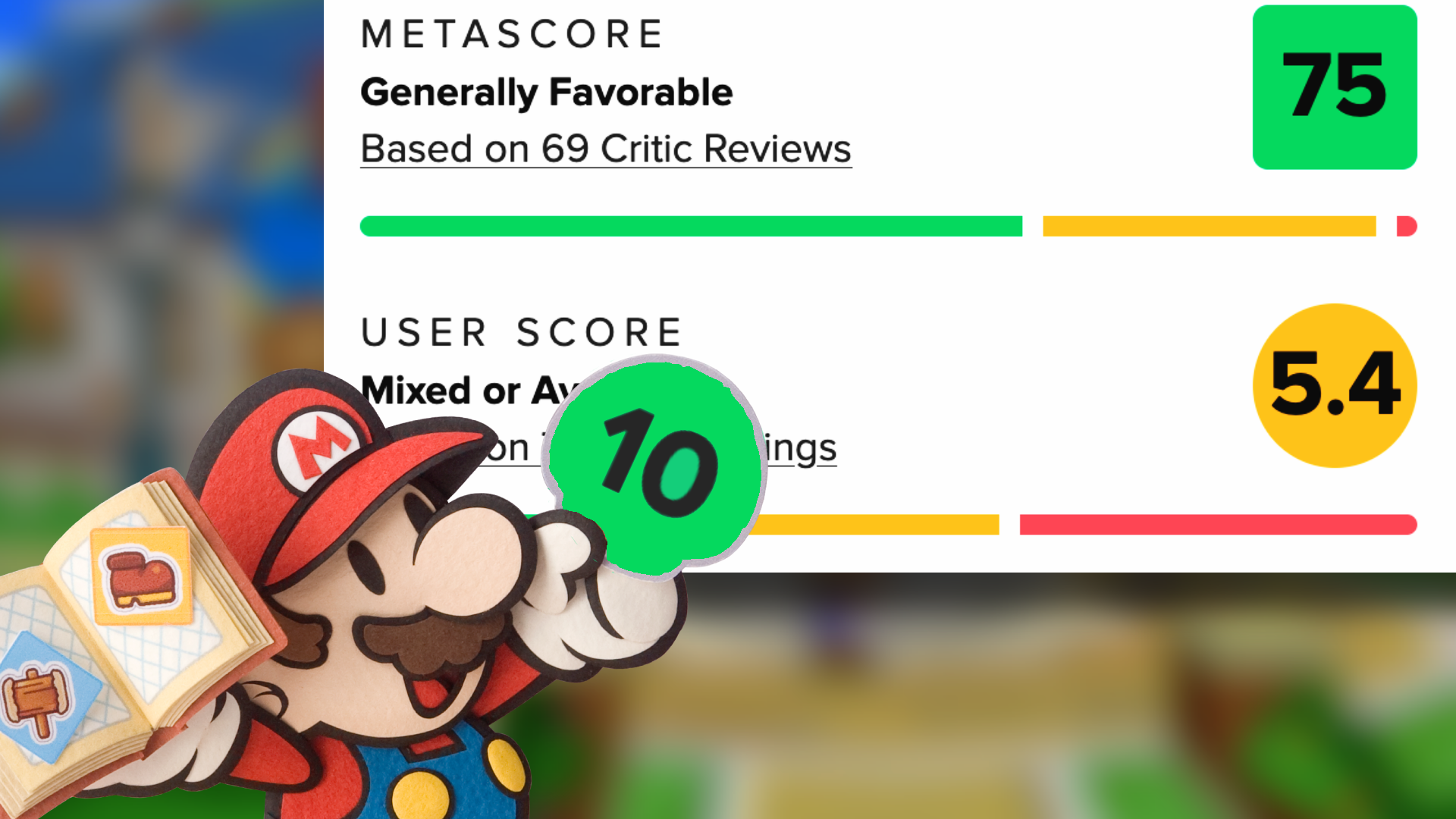
If there's one video game franchise that's almost universally loved, it has to be Super Mario. Whether it's platforming through hazardous courses to save Peach, driving karts and dodging blue shells or venturing through unknown lands in the RPG spin-offs: Nintendo rarely seems to miss the mark.
But when they do, you can count on the fans to clean up after them.
Breaking With Legacy
The game we're referring to is, of course, the 2012 Nintendo 3DS title Paper Mario: Sticker Star.
As the fourth entry in the acclaimed Paper Mario series, a line of entry-level RPGs, Sticker Star had the difficult task of standing up to predecessors whose unique papercraft art style concept, memorable characters, surprisingly involved storylines and action-filled fighting system had created a loyal fanbase.
And when Sticker Star was first shown off during E3 2010, it seemed to appeal to their taste; featuring brand-new unique settings and mechanics in a familiar gameplay loop. Unbeknownst to the public, however, Nintendo's guidelines for new Mario products changed mid-development, which led to the game that launched in 2012 strongly deviating from what was shown before.
According to developer's interviews, the design of characters, species, and levels had to be adjusted to fit a pre-determined "Mario mould", presumably for marketing and merchandise purposes, while core gameplay elements had to be changed to avoid feeling "repetitive".
Dividing A Fanbase
While the game became a sales success (becoming the second-best selling game in the series at the time), it is nowadays more known for the mixed reception it inspired.
Newcomers to the series praised the game for its appealing graphics, adoption of the papery aesthetic into the core gameplay, outstanding soundtrack and innovative approach to battles in the RPG genre, with the eponymous stickers being used as both attacks and rewards. The game's emphasis on providing several smaller memorable moments instead of a grander story further contributed to Sticker Star becoming a centrepiece of nostalgia for those who played it growing up.
On the other hand, oldschool fans who'd experienced 2000s Paper Mario and Paper Mario: The Thousand-Year Door beforehand often felt like Sticker Star betrayed both the series' design philosophies as well as its own potential, considering how promising its earlier versions looked to be. They considered the character design (and characters themselves) to be bland, unoriginal and unmemorable in comparison, criticized the lack of story and the fact that many interesting-looking areas from the E3 2010 demo seemed to be cut in favor of the same grasslands and deserts already overused in the Mario Jump-'n-Run titles. Most importantly, the new sticker-based battle system was deemed more shallow and less rewarding than in the older titles, making a core part of the gameplay loop irrelevant.
What's worse: The Paper Mario games that released after Sticker Star seemed to take more notes from the controversial entry than its predecessors, effectively dividing the series' fanbase into "old" and "new" fans.
A split that could never be remedied... until now.
Fulfilling Long-Lost Potential
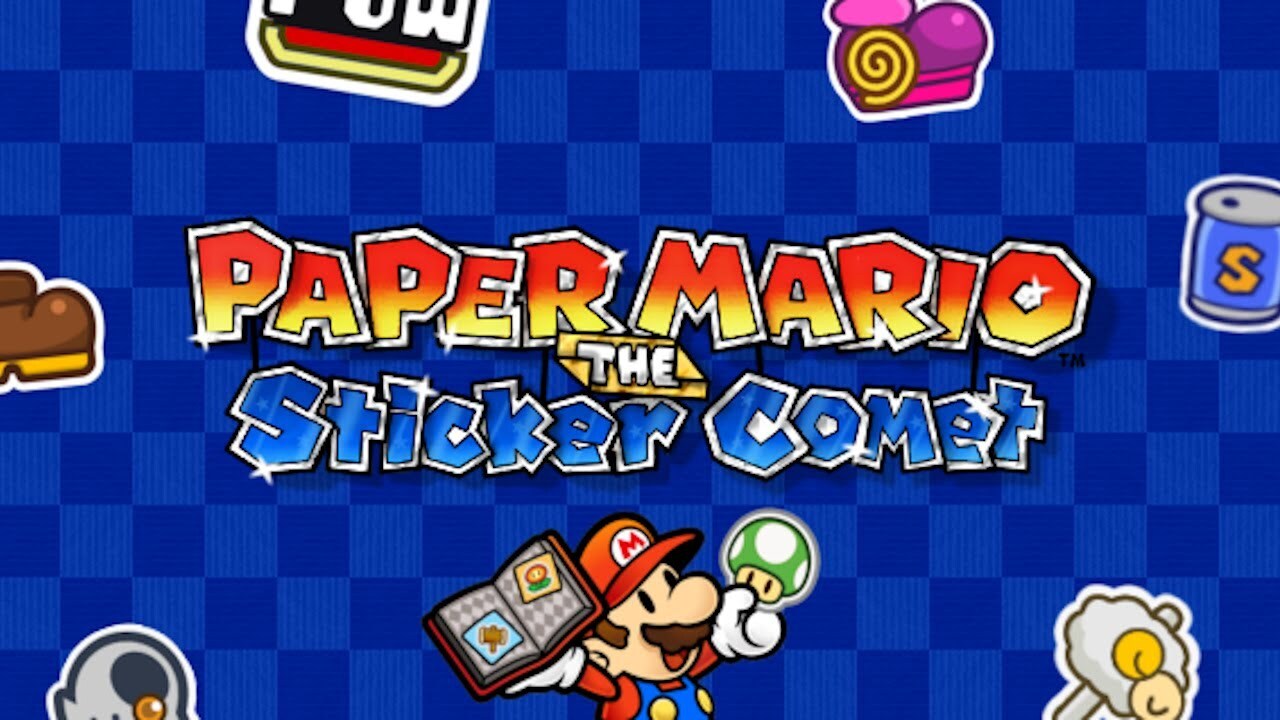
Over a decade after the game's initial release, the Paper Mario community is now trying to achieve what Nintendo could not: Combining the styles of pre- and post-Sticker Star games to create a game that both sides of the fanbase can enjoy.
A group of hobby video game developers has banded together under the name "The Sticker Comet Team" to retool Paper Mario: Sticker Star into a new experience in the form of Paper Mario: The Sticker Comet.
The mod apparently aims to provide a what-if scenario, by reinstating cut characters, locals and gameplay features seen in the E3 2010 footage. Plenty of new content will be added as well. The game fleshes out what little plot there was in the original to give it the scope and feel of an oldschool Paper Mario game while retaining the elements that made Sticker Star stand out. Same goes for the battle system, which merges sticker resource management with classic experience and level-up systems.
How succesful the fans will be in this endeavor is – of course – still up in the air, but the attempt to defy the series' history is as commendable as it is unprecedented.
We will know more once the first chapter of Paper Mario: The Sticker Comet releases in 2026. In the meantime, we highly recommend you check out the trailer on YouTube.
On which side of the Paper Mario fan spectrum do you find yourself? Do you have any specific changes in mind you would like to see? Let us know in the comments!
